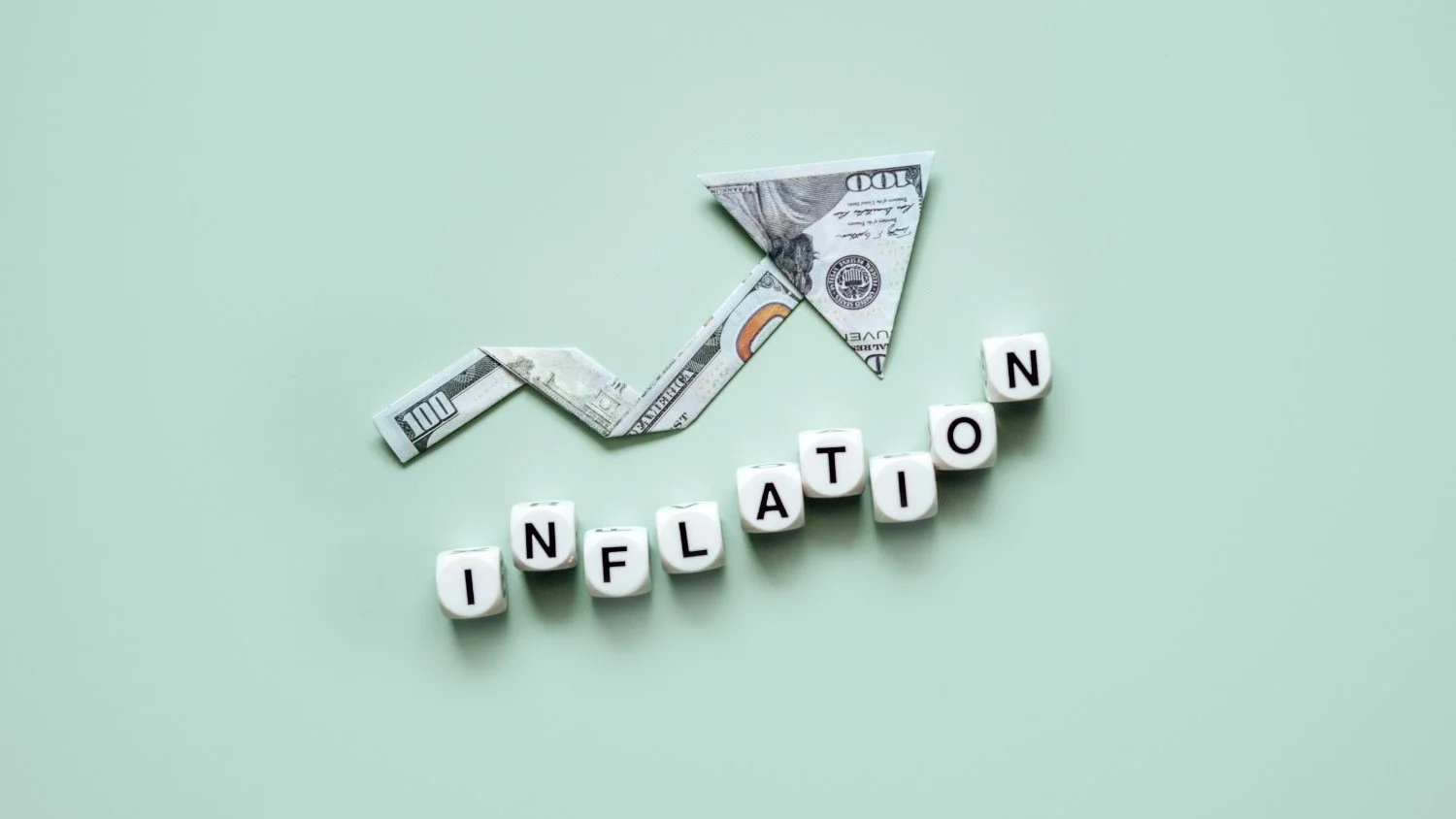How to Teach Kids About Inflation Using Real-Life Examples
For most teens, prices have always been what they are now. So when adults talk about inflation, it can feel abstract or confusing.
But here’s the truth: Inflation just means things cost more over time, and the money you have today buys less in the future.
With a few quick examples, you can help teens understand inflation in a way that clicks and sticks.
Start With a Simple Definition
Inflation = Prices go up, and the value of money goes down.
Example:
If a burger cost $5 last year and $6 this year, that’s inflation. Same burger, higher price, less buying power for your money.
3 Real-Life Examples Teens Will Get
1. Fast Food Prices Over Time
Look up what a McDonald’s meal cost 10 years ago vs. today.
Show the difference: “In 2013, a Big Mac meal was around $5. Today it’s over $10 in many places.”
Action Tip:
Ask your teen, “If you got $20 allowance each week in 2013, how many meals could you buy then vs. now?”
This shows how rising prices shrink buying power over time.
It teaches them that Inflation makes things cost more as time goes on. If your money just sits in a regular savings account earning very little interest, it actually loses buying power because prices keep rising.
Investing helps your money grow faster than inflation so that, in the future, you can afford the things you want and need.
2. Movie Tickets or Concert Prices
Share what you paid for a movie ticket or concert when you were a teen.
Compare it to today’s prices. Kids love seeing how much cheaper things used to be.
Example:
“When I was your age, a movie ticket was $5. Now it’s $14 at the same theater.”
Action Tip:
Have your teen look up the cost of their favorite artist’s concert 5-10 years ago vs. today.
3. Gas or Grocery Prices
Show gas prices from a few years ago compared to now.
Use common groceries like milk or eggs…things your teen sees at home regularly.
Example:
“Eggs cost $1.50 a dozen in 2018. Last year, they hit $7 in some stores. Same eggs, higher prices.”
Action Tip:
Give them a pretend $50 grocery budget from 2015. Look up old prices online and see how much less that $50 buys today.
Why Inflation Matters for Teens
It explains why saving money matters (because prices rise over time).
It shows why investing can help money grow faster than inflation.
It helps them see the real cost of things when planning for the future.
Example:
“If college tuition goes up 3% every year, the price in 10 years will be much higher than it is today.”
Quick Ways to Make It Stick
Use old receipts from groceries, gas, or restaurants to compare prices.
Play the $20 game: What could $20 buy 10 years ago vs. today?
Track one item’s price (like milk or gas) for a few months so they see inflation happening in real time.
Quick Wrap-Up
Inflation isn’t just an economics term…it’s something kids can see in everyday life.
Show them old prices, use real budgets, and let them do the math.
Once they see how rising prices affect their money, the lesson will stick for life.
